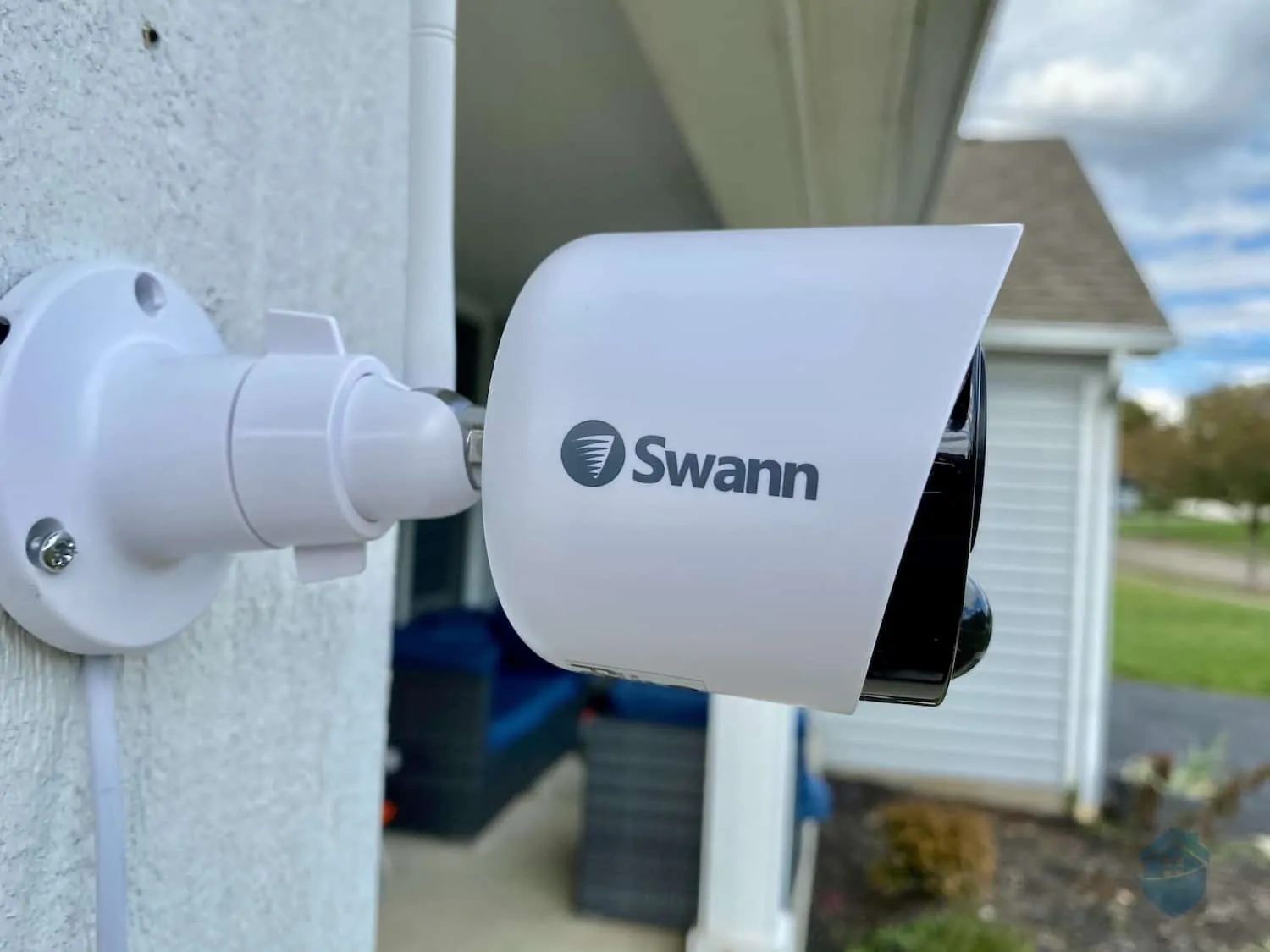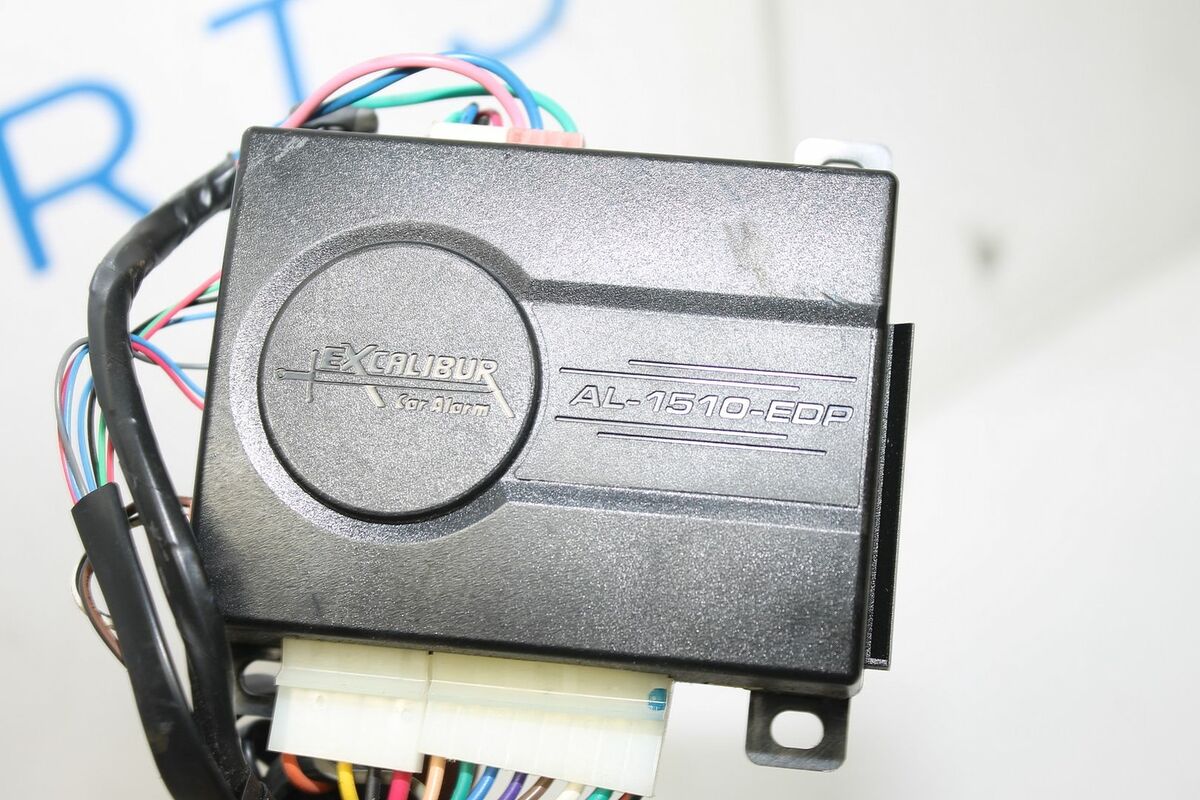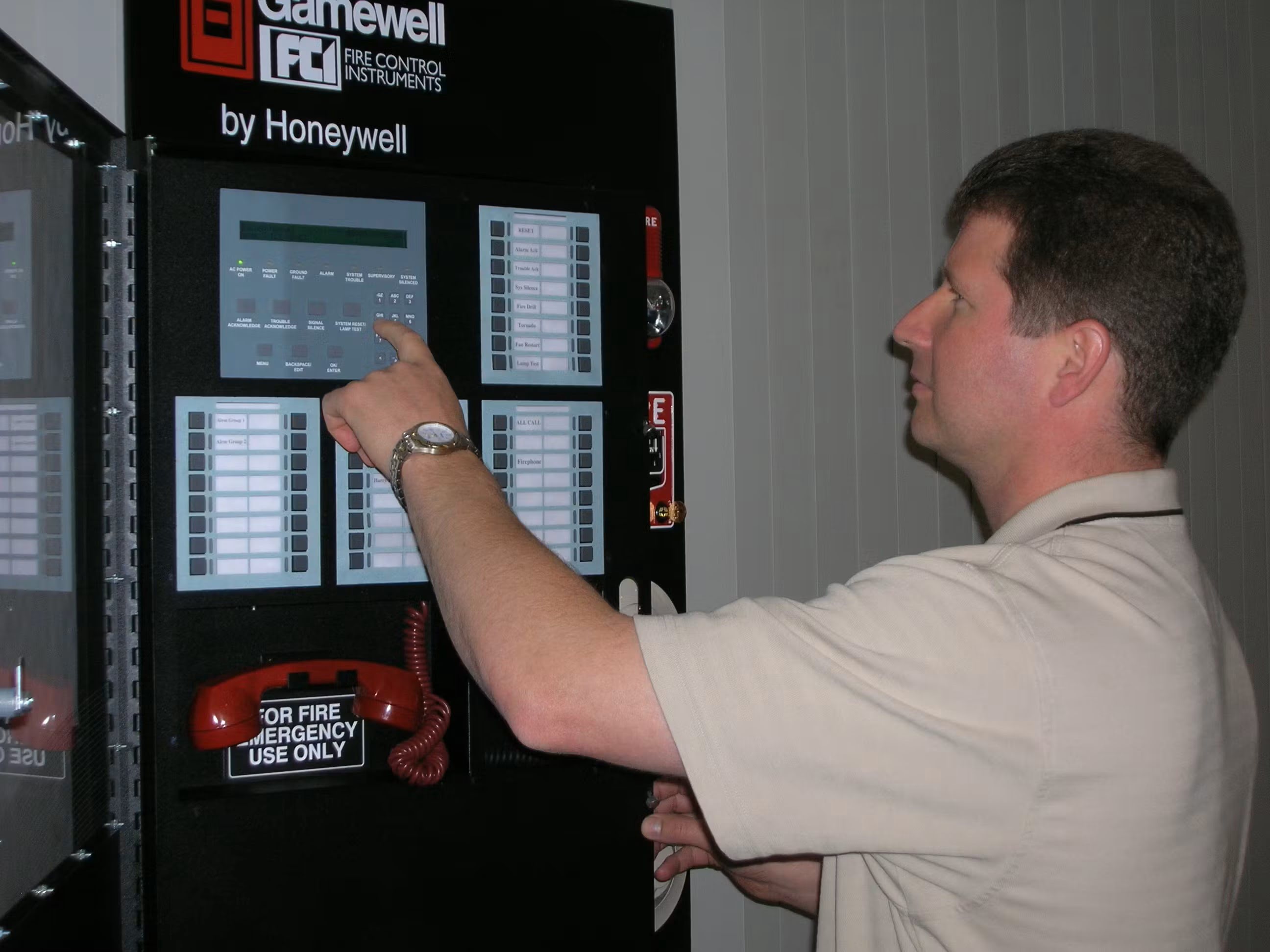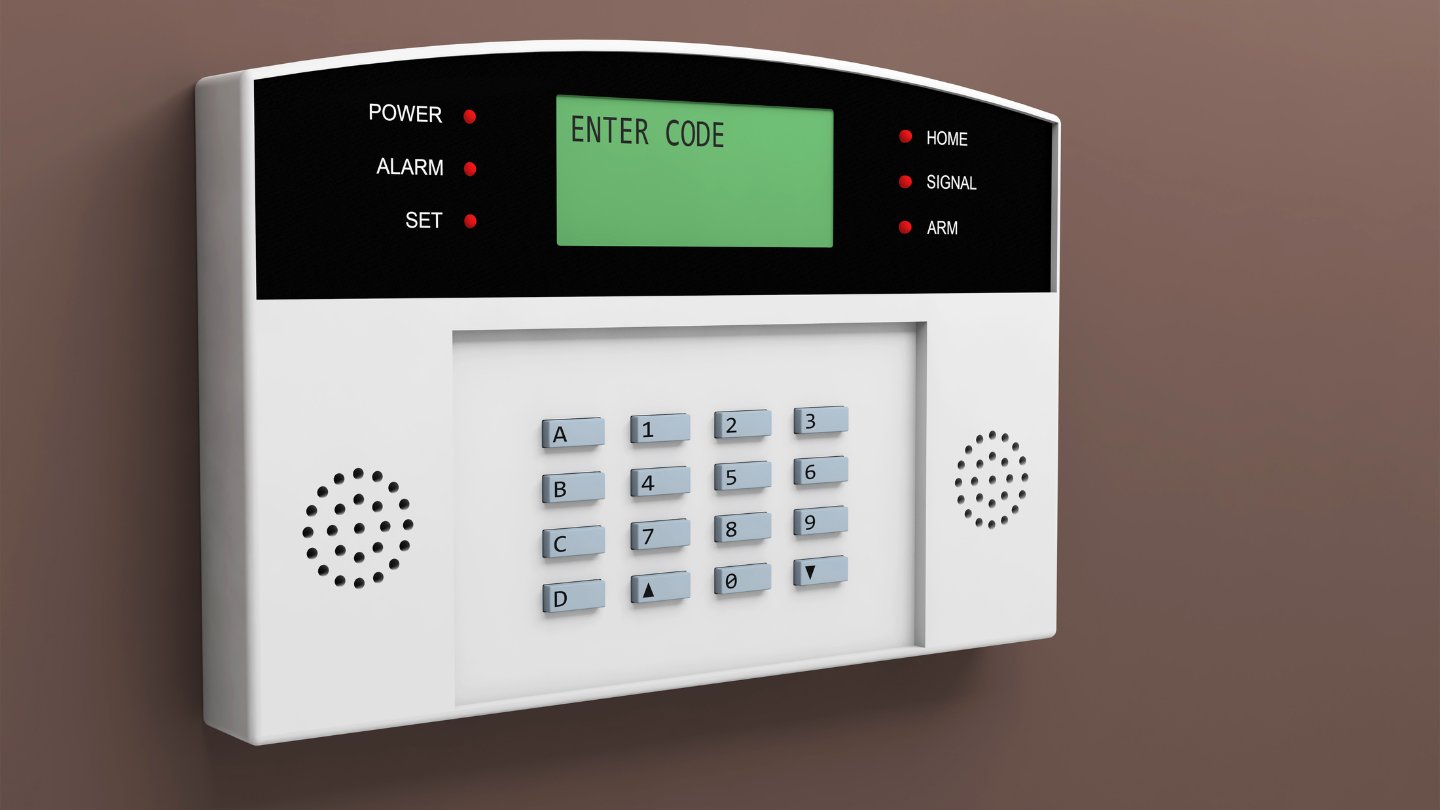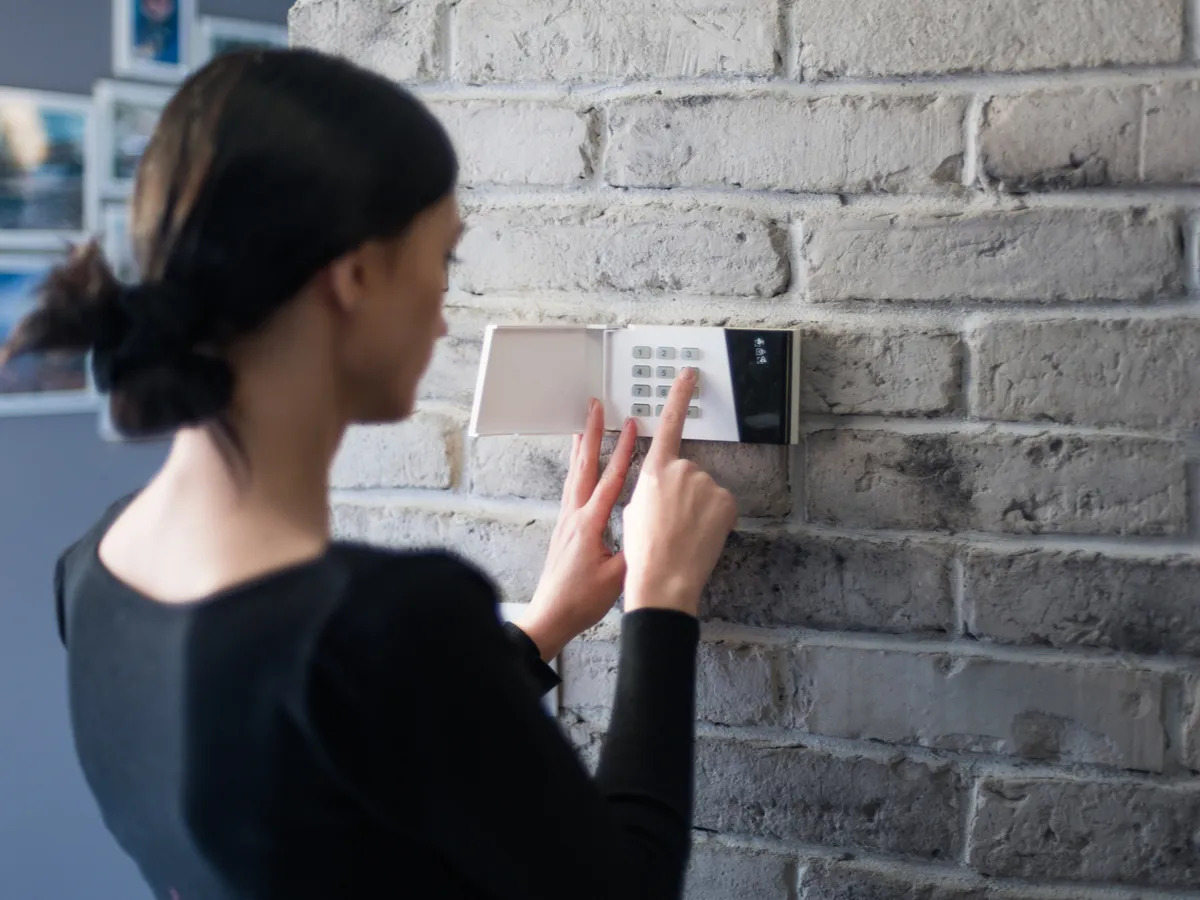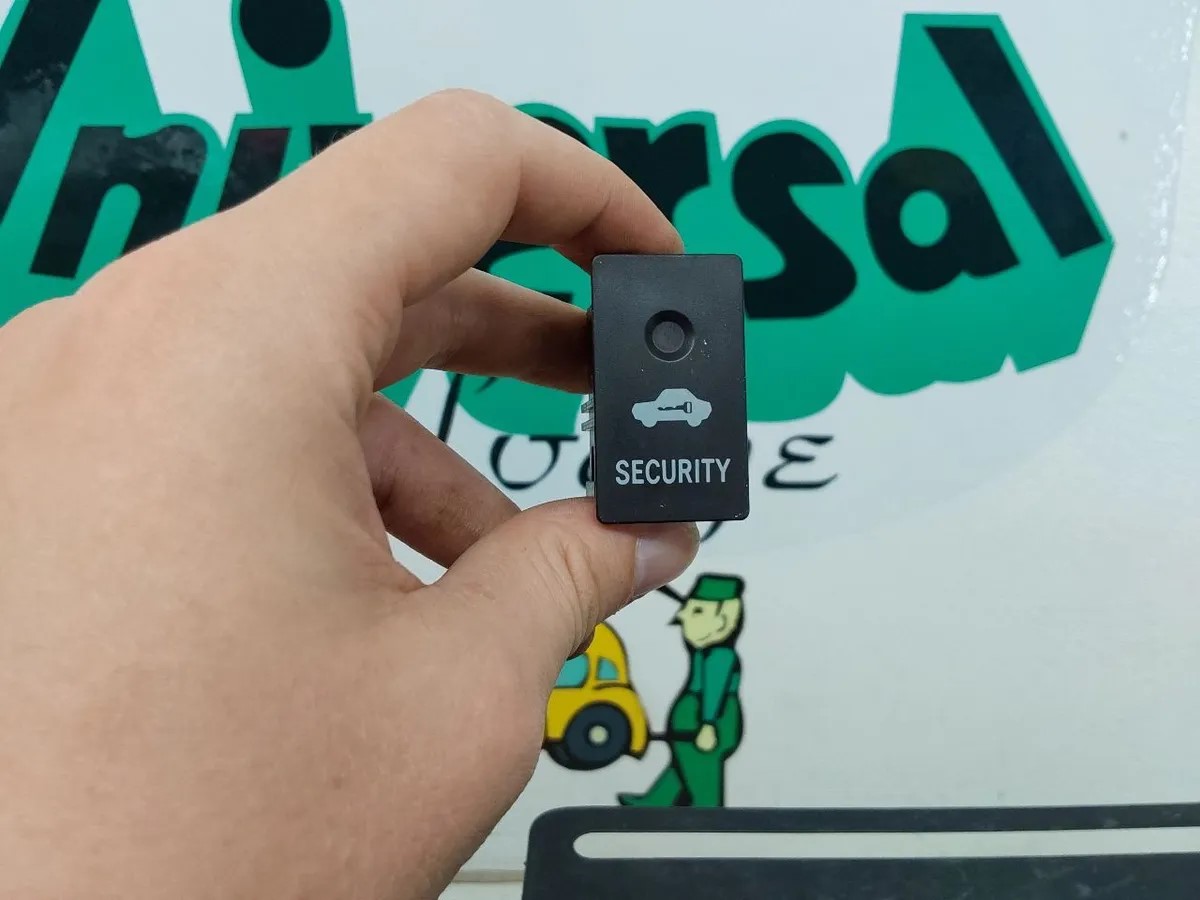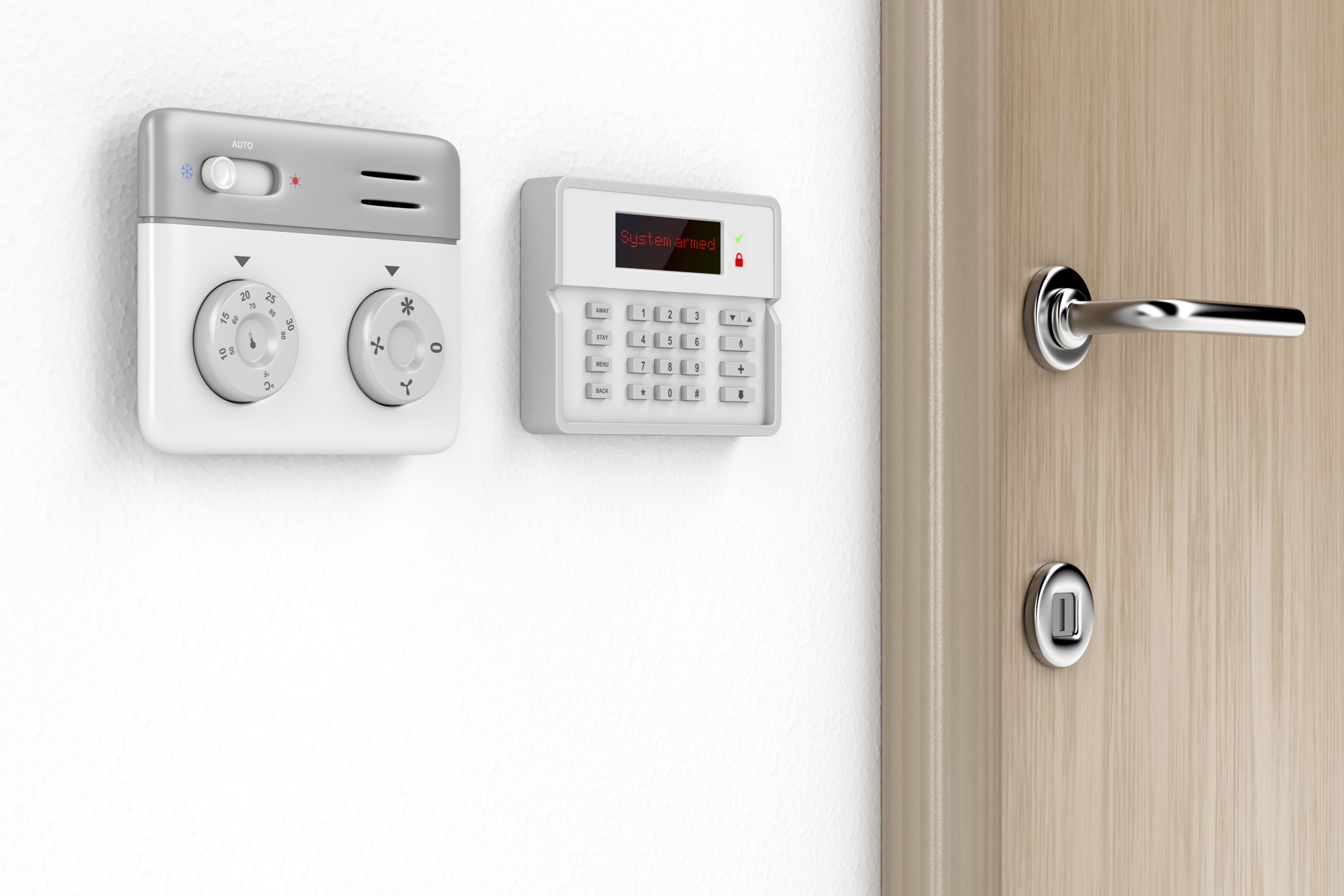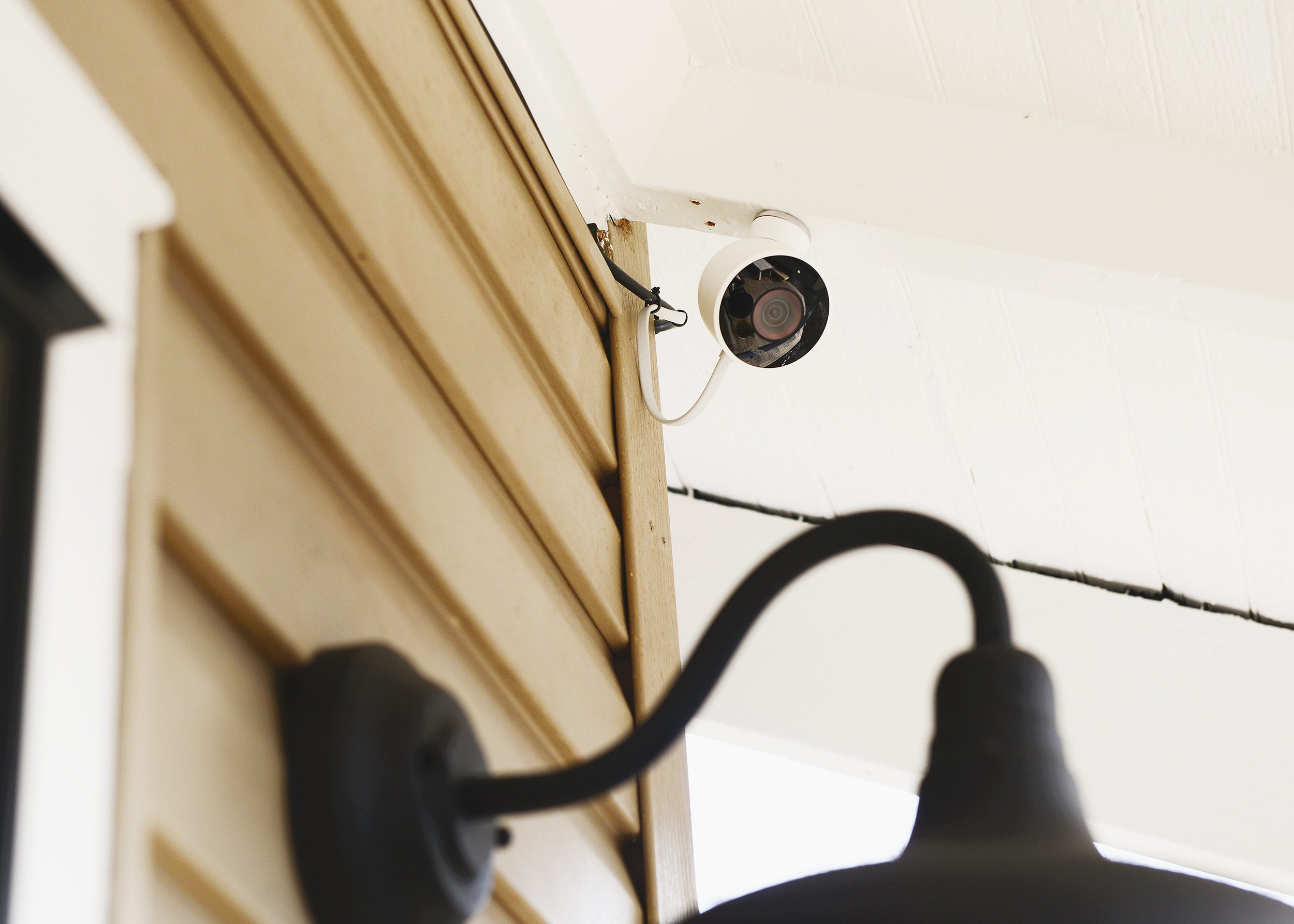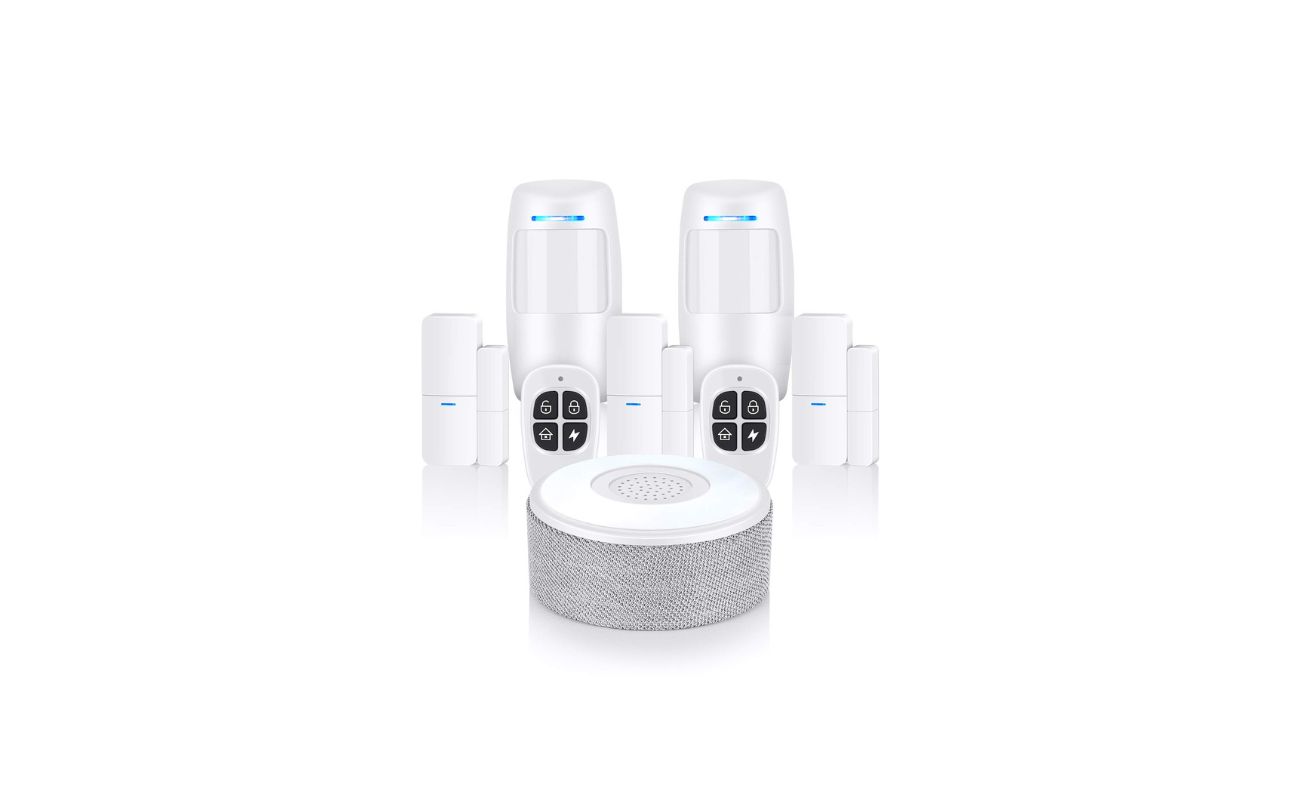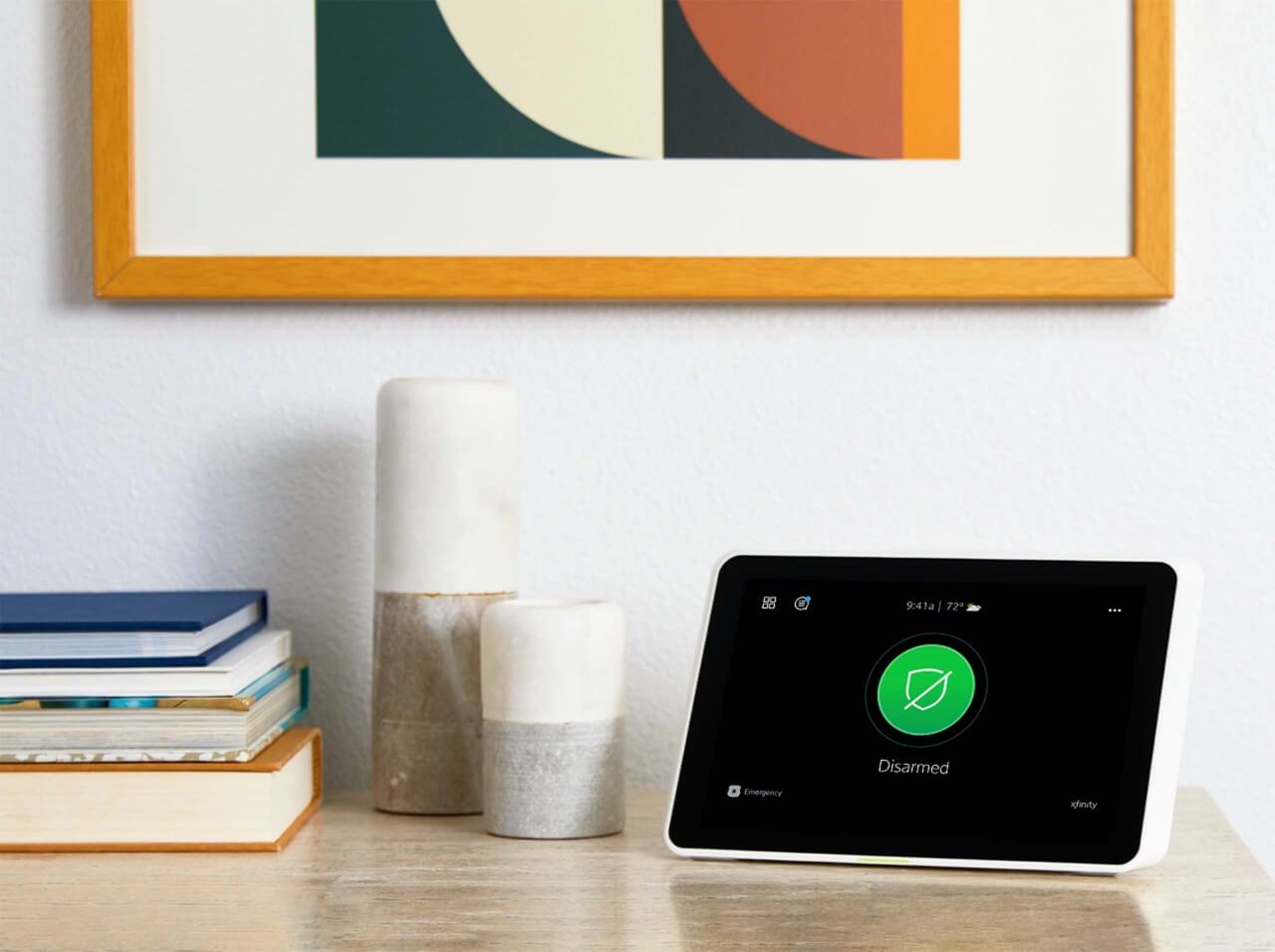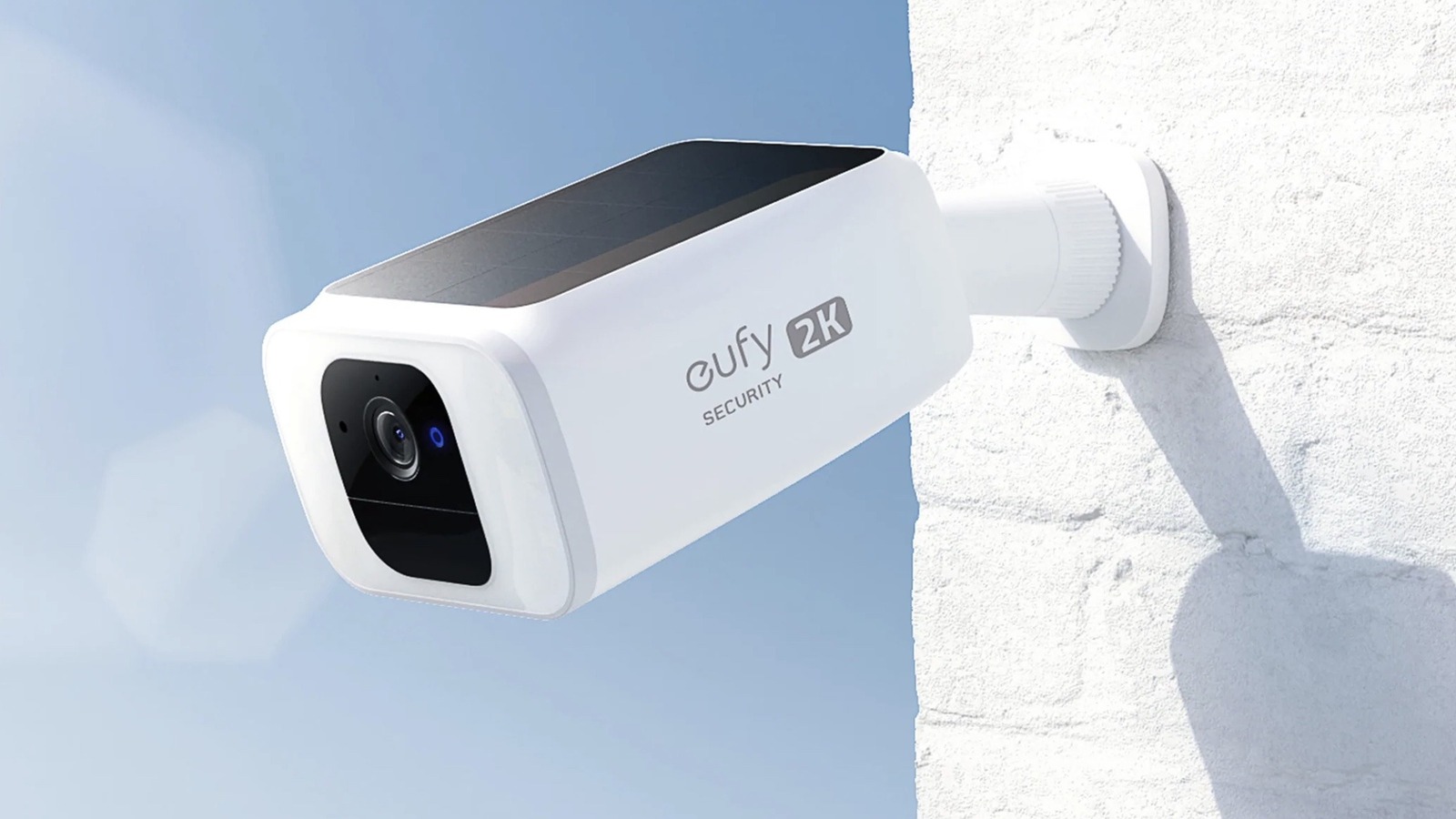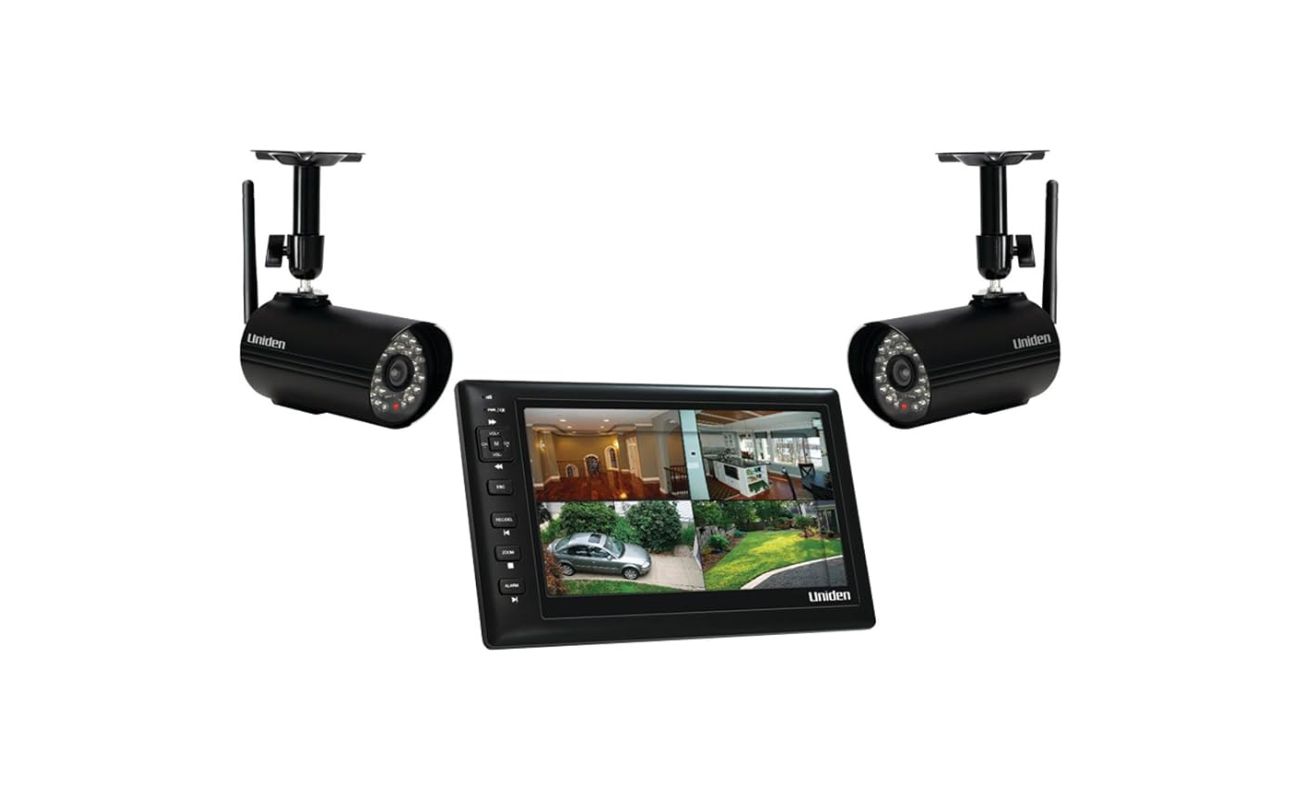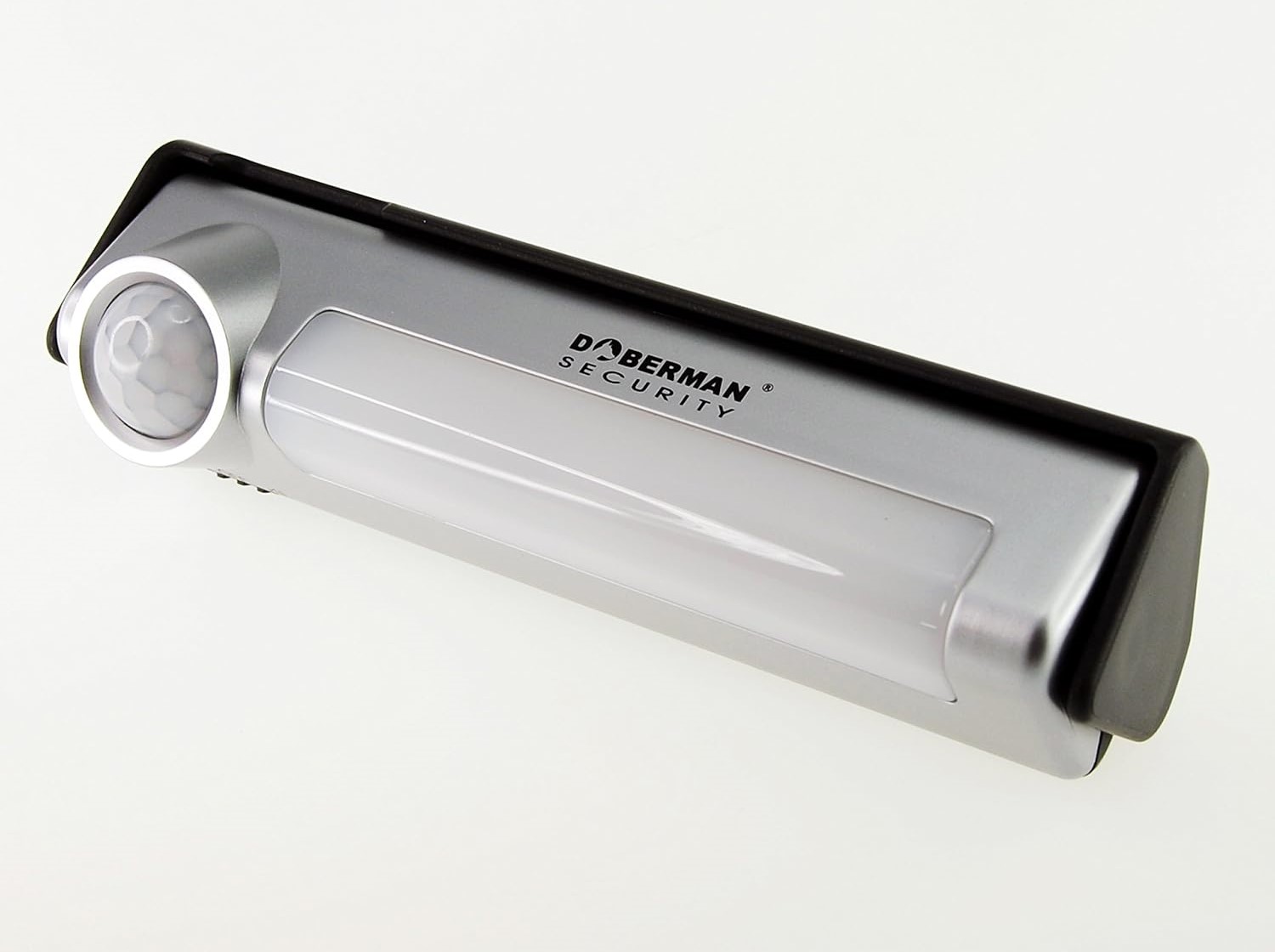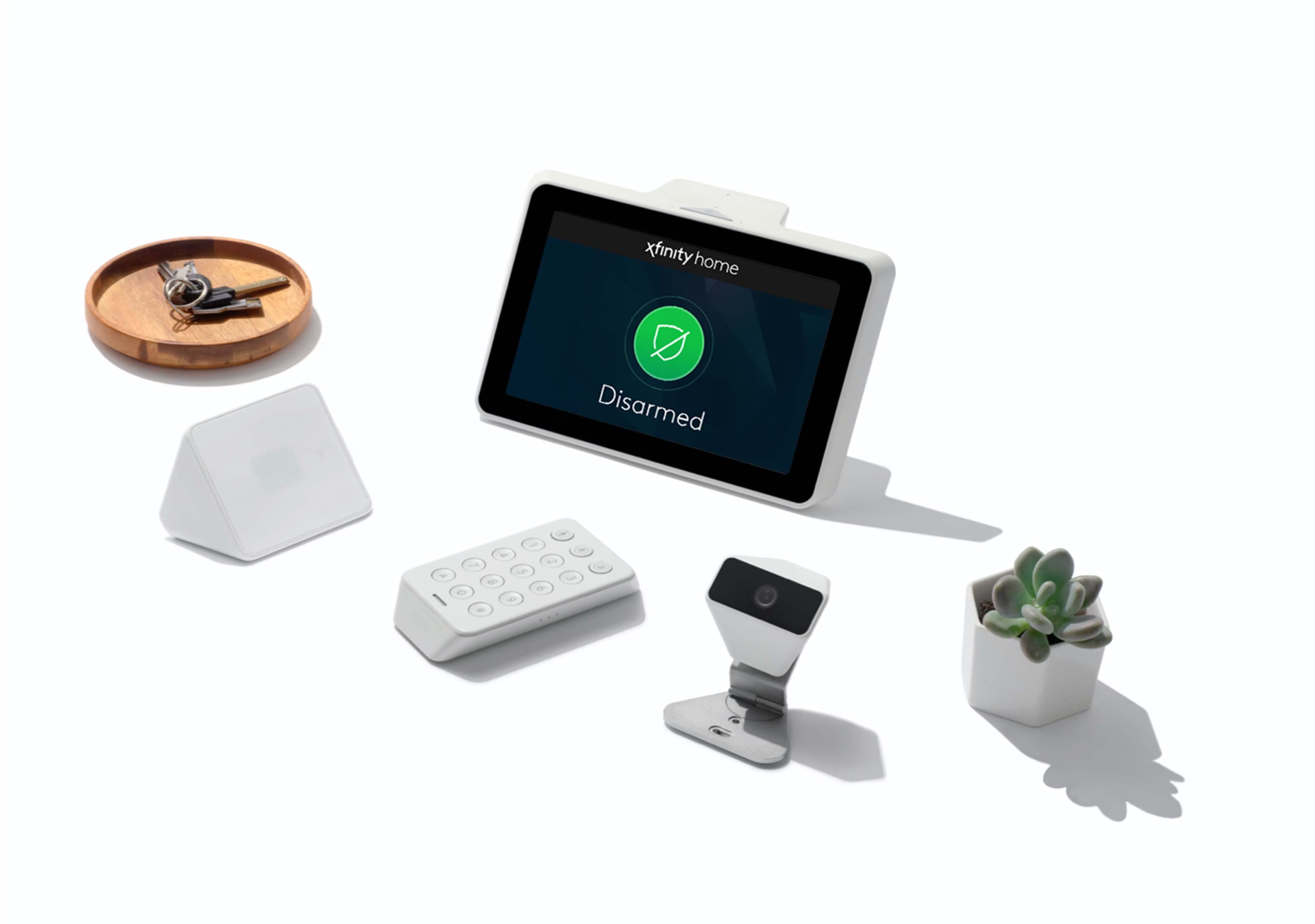Home>Home Security and Surveillance>How To Reset Home Security Alarm Code
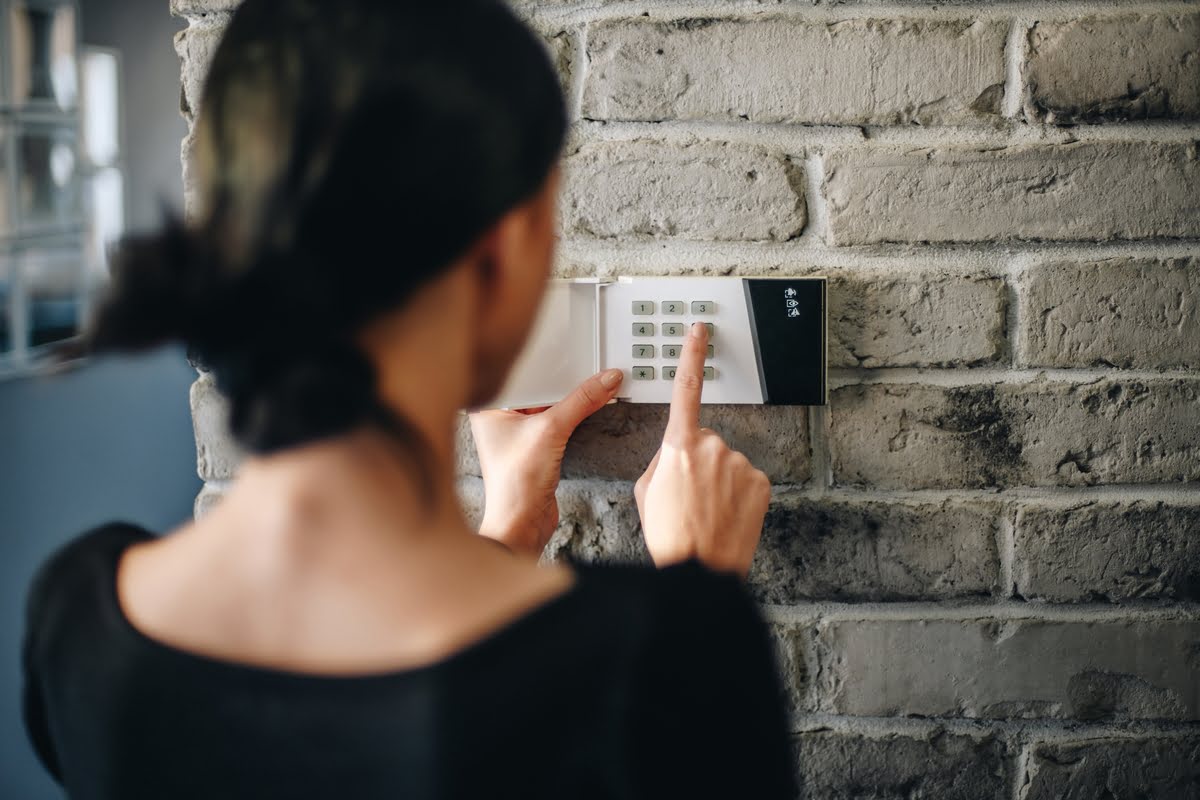

Home Security and Surveillance
How To Reset Home Security Alarm Code
Modified: March 21, 2024
Learn how to reset your home security alarm code and ensure the safety of your property. Get expert tips and tricks on home security and surveillance.
(Many of the links in this article redirect to a specific reviewed product. Your purchase of these products through affiliate links helps to generate commission for Storables.com, at no extra cost. Learn more)
Introduction
Home security is a top priority for homeowners, and having a reliable alarm system in place is essential for peace of mind. One of the key aspects of a home security system is the alarm code, which serves as the first line of defense against unauthorized access. From time to time, it may be necessary to reset the alarm code for various reasons, such as when moving into a new home or when there is a security breach.
In this article, we will explore the process of resetting the alarm code for a home security system. We will guide you through each step, ensuring that you can effectively reset the code and maintain the security of your home. Whether you are a new homeowner looking to set up your alarm system or a current homeowner in need of a code reset, this article is here to help.
Before we dive into the details of how to reset your alarm code, let’s first understand the basics of a home security alarm system.
Key Takeaways:
- Resetting your home security alarm code is crucial when moving into a new home, suspecting a security breach, forgetting the code, or changing personnel. It ensures that only trusted individuals have access to your alarm system.
- Before resetting the alarm code, consult the instruction manual, gather necessary equipment, notify household members, ensure a backup power supply, and confirm the access code. Thoroughly test the new code to ensure its effectiveness in arming and disarming the system.
Read more: What Is My Home Security Alarm Code
Understanding the Home Security Alarm System
A home security alarm system consists of various components designed to detect and deter potential intruders. These components typically include door and window sensors, motion detectors, a control panel, and an alarm sounder. When the system is armed, any unauthorized entry or movement triggers the sensors, which in turn activate the alarm.
The control panel is the brains of the alarm system and is responsible for arming and disarming it. It is usually located near the main entrance of the house and requires a unique code to access its functions. This code, known as the alarm code or user code, needs to be entered whenever you want to arm or disarm the system.
Each family member can have their own individual user code, allowing them to activate and deactivate the alarm system independently. This enables you to keep track of who is entering and exiting your home and provides flexibility in managing access.
It is important to note that the user code should be kept confidential and only shared with trusted individuals. Regularly changing the user code is a recommended security practice to prevent unauthorized access.
Now that we have a basic understanding of the components and functions of a home security alarm system, let’s explore the reasons why you may need to reset the alarm code.
Reasons for Resetting the Alarm Code
Resetting the alarm code may become necessary for a variety of reasons. Here are some common scenarios that may require a code reset:
- Move to a new home: When you move into a new home, it is recommended to reset the alarm code as a security precaution. The previous homeowner or tenants may have had access to the code, so changing it ensures that you have sole control over the alarm system.
- Security breach: If you suspect that your alarm code has been compromised or if there has been any unauthorized access to your home, resetting the code is crucial. This helps to maintain the security of your property and ensures that only trusted individuals have access to your alarm system.
- Forget the code: It happens to the best of us. If you or a family member have forgotten the alarm code, resetting it is the only solution. Keep in mind that some alarm systems may have a “master code” provided by the manufacturer or security company, which can be used to reset the user codes.
- Change of personnel: If you have hired new staff or replaced a previous employee who had access to your home, it is advisable to reset the alarm code. This ensures that former employees no longer have the ability to enter your property without authorization.
By being aware of these scenarios, you can determine whether you need to reset the alarm code for your home security system. In the next section, we will guide you through the steps to prepare for a successful code reset.
Preparing to Reset the Alarm Code
Before you can reset the alarm code, it’s important to take a few preparatory steps. This ensures a smooth and successful code reset process. Here’s what you need to do:
- Consult the instruction manual: Every alarm system has its own specific set of instructions for resetting the alarm code. Refer to the instruction manual provided by the manufacturer or the security company to familiarize yourself with the process. The manual will also contain any additional information or precautions that you need to be aware of.
- Gather necessary equipment: To reset the alarm code, you might need certain equipment such as a screwdriver or a programming tool. Check the instruction manual to determine if any tools are required and gather them beforehand.
- Notify household members: Inform all household members that the alarm code will be reset. This avoids any confusion or accidental triggering of the alarm during the reset process.
- Backup power supply: Ensure that your alarm system has a backup power supply, such as a battery or a generator. This prevents the system from losing power during the code reset, which could lead to potential security vulnerabilities.
- Confirm the access code: If your alarm system has a “master code” or an administrator code, ensure that you have it available. This code is typically used to change or reset the user codes and may be necessary during the reset process.
By following these preparatory steps, you will be well-equipped and ready to reset the alarm code with confidence. In the next section, we will guide you through the step-by-step process of resetting the alarm code.
To reset your home security alarm code, locate the control panel and enter the master code. Then, follow the specific instructions in your alarm system’s manual to reset the code.
Resetting the Alarm Code Step by Step
Resetting the alarm code requires following a specific set of steps. It is important to carefully follow the instructions provided by the manufacturer or security company for your particular alarm system. Here is a general step-by-step guide to help you reset the alarm code:
- Access the control panel: Locate the control panel of your alarm system. It is usually mounted near the main entrance or in a central location. Use a screwdriver or follow the manufacturer’s instructions to open the panel.
- Enter the current code: Upon opening the control panel, you may be prompted to enter the current code. If you have forgotten the code, refer to the instruction manual for alternative options, such as using the master code or contacting technical support.
- Access the programming mode: Once you have entered the current code, you will need to access the programming mode. The process may vary depending on the alarm system, so consult the instruction manual for the specific steps. Typically, you will need to press a certain combination of keys or follow a menu navigation procedure to access the programming mode.
- Select the code reset option: Once in the programming mode, locate the option to reset the alarm code. It may be labeled as “Change Code,” “User Codes,” or something similar. Follow the instructions provided to initiate the code reset process.
- Enter a new code: You will be prompted to enter a new code for the alarm system. Choose a unique code that is easily memorable for you and your household members but difficult for others to guess. Avoid using common combinations like birthdays or sequential numbers.
- Confirm the new code: After entering the new code, you will be asked to confirm it. Double-check the code to ensure accuracy and prevent any potential issues with accessing the system in the future.
- Exit the programming mode: Once you have successfully reset the alarm code, exit the programming mode. Follow the instructions provided by the system to save the changes and securely close the control panel.
Remember, these steps are general guidelines. It is essential to refer to the specific instructions provided by your alarm system’s manufacturer or security company to ensure a proper code reset.
Next, we’ll discuss the importance of testing the new alarm code after resetting it.
Read more: How To Reset Burglar Alarm
Testing the New Alarm Code
After resetting the alarm code, it is crucial to test the new code to ensure that it is working effectively. Testing the code helps verify that the alarm system can be armed and disarmed correctly and that the new code is recognized by the control panel. Here are the steps to follow:
- Arm the alarm system: Use the new alarm code to arm the system. This can usually be done by pressing the appropriate buttons on the control panel or using a remote control device associated with the alarm system.
- Trigger the sensors: Once the system is armed, intentionally trigger one or more sensors to test the alarm response. Open a door or window with a sensor, or walk in front of a motion detector, depending on the type of sensors you have installed.
- Verify alarm activation: When a sensor is triggered, the alarm system should respond accordingly. This may involve sounding a loud alarm, flashing lights, or activating a security monitoring service. Pay close attention to ensure that the alarm response is prompt and appropriate.
- Disarm the alarm system: Use the new code to disarm the system and stop the alarm. This is an essential step to prevent false alarms and to ensure that you can easily and quickly deactivate the system when needed.
- Repeat the process: After testing the alarm code once, repeat the process several times to ensure consistent and reliable operation. This will help identify any issues or inconsistencies that may need to be addressed.
By thoroughly testing the new alarm code, you can have peace of mind knowing that your home security system is functioning as intended. If you encounter any problems during the testing process, refer to the instruction manual or contact the manufacturer or security company for assistance.
In the next section, we will discuss some common troubleshooting techniques for addressing any issues that may arise after resetting the alarm code.
Troubleshooting Common Issues
While resetting the alarm code is a straightforward process, you may encounter a few common issues along the way. Here are some troubleshooting techniques to help you address and resolve these issues:
- Forgot the new code: If you have forgotten the new code, refer to the instruction manual for guidance on how to reset it again. Some alarm systems may require using the master code or contacting technical support to reset the code.
- Code not working: If the new code does not seem to be working when attempting to arm or disarm the system, double-check that it was entered correctly. Ensure that you followed the instructions precisely and that you are using the correct code for the user slot you assigned it to.
- Keypad malfunction: If the keypad on the control panel is not responding or malfunctioning after resetting the code, check if there is a power issue. Make sure the control panel has a stable power supply and that the backup power source, if available, is functioning properly. If the issue persists, contact the manufacturer or security company for troubleshooting assistance.
- Alarm system not arming: If the alarm system is not arming after entering the code, double-check that all doors, windows, and sensors are properly closed and secure. Ensure that there are no faults in the system, such as faulty wiring or malfunctioning sensors. If necessary, seek professional help to diagnose and fix the issue.
- Error messages or beeping sounds: If you encounter error messages or continuous beeping sounds from the control panel, consult the instruction manual for specific troubleshooting instructions. Error messages may indicate a system fault or a problem with a sensor or component. Beeping sounds may indicate low battery levels, communication issues, or other alarm system malfunctions.
If you are unable to resolve the issues on your own, do not hesitate to contact the manufacturer or security company for technical support. They can provide further guidance and assistance in troubleshooting and resolving any problems you may encounter.
Now that you are familiar with common troubleshooting techniques, let’s conclude our article.
Conclusion
Resetting the alarm code for your home security system is an essential task to maintain the safety and security of your property. By following the steps outlined in this article, you can confidently reset the code and ensure that only authorized individuals have access to your alarm system.
Understanding the components of your home security alarm system, being aware of the reasons for resetting the alarm code, and taking the necessary preparations are crucial to a successful code reset process. Remember to consult the instruction manual provided by the manufacturer or security company for your specific alarm system.
Testing the new alarm code is an important step to verify that the system functions correctly and to prevent any potential issues. Regularly testing and maintaining your home security system is crucial for its effectiveness in protecting your home and loved ones.
If you encounter any difficulties or issues during the process of resetting the alarm code, don’t hesitate to consult the instruction manual or seek assistance from the manufacturer or security company’s technical support team.
By taking the necessary steps and precautions, you can ensure that your home security system is up-to-date and providing the protection you need. Stay vigilant and proactive in maintaining the security of your home, and enjoy the peace of mind that comes with a reliable alarm system.
Remember, home security is an ongoing effort, so it is recommended to review and update your alarm code periodically to further enhance the safety of your home.
Frequently Asked Questions about How To Reset Home Security Alarm Code
Was this page helpful?
At Storables.com, we guarantee accurate and reliable information. Our content, validated by Expert Board Contributors, is crafted following stringent Editorial Policies. We're committed to providing you with well-researched, expert-backed insights for all your informational needs.
